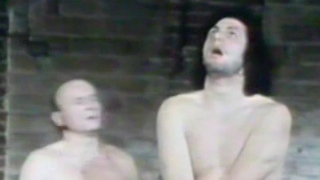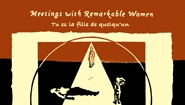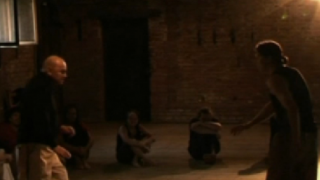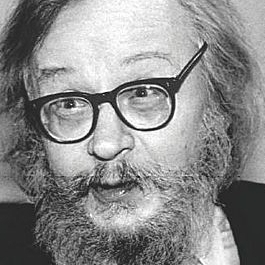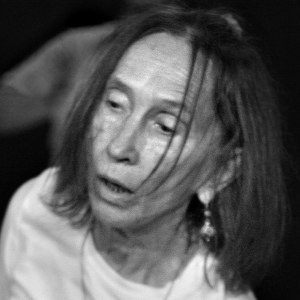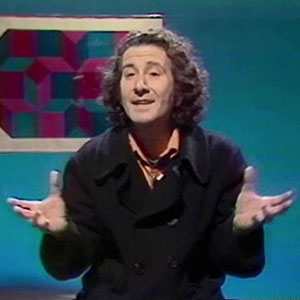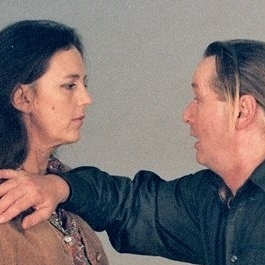Para literally means ‘beyond’. In practice, paratheatre therefore lies outside and beyond the spatial, temporal and structural forms of the theatre, denoting instead related practices such as workshops, rituals, training programmes, drama therapy or even Augusto Boal’s ‘invisible theatre’ with its unwitting spectatorship. Jerzy Grotowski, in relation to whose practice the term is frequently applied, conducted his paratheatrical work in the 1970s, after and beyond his successes in the theatre. He removed the spectator from the performance equation to encourage wider participation in what was termed ‘active culture’, centred on the non-professional performer as maker in a series of workshop-type activities rather than as passive recipient of events made for them: he focused on the participant actor rather than the spectator. This emphasis can also be seen in dramatherapy sessions, acting workshops and business team-building courses. In these contexts, ‘performance’ is not integral or an immediate corollary to the process, even if it may be the future longer-term aim or the motivation behind these practices. The participants are aware of being observed, judged, led or coached, but the role of observer is inside the process rather than the familiar more passive role of the external theatre spectator. Paratheatre also refers to non-theatrical processes or activities that might be construed as theatre or defined as performance: the way of framing an event might draw it within the parameters of what can be considered theatre. ‘Paratheatre’ is a fluid term that encompasses many aspects of performance beyond the familiar spectator–actor binary. From the RCTP
Image: Photograph © Maciej Stawiński, 1980

